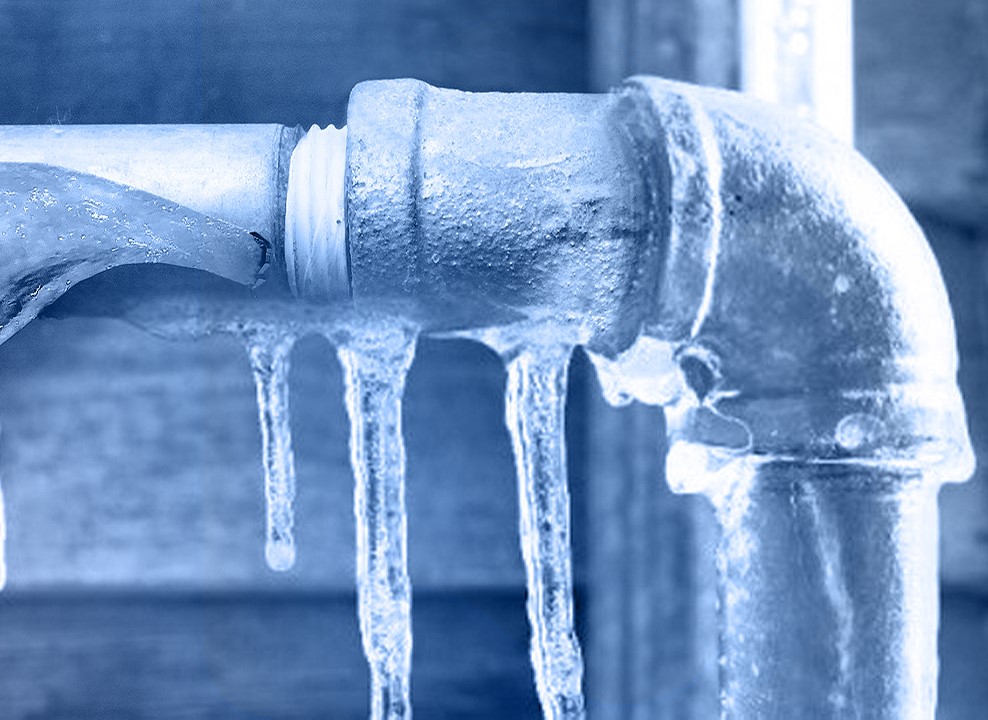Ways to Prevent Frozen Plumbing in Winter: Pro Guidance
Ways to Prevent Frozen Plumbing in Winter: Pro Guidance
Blog Article
Just how do you really feel about Preventing and dealing with frozen pipes?

Winter can ruin your pipes, especially by freezing pipes. Right here's exactly how to stop it from happening and what to do if it does.
Intro
As temperature levels decrease, the risk of icy pipelines boosts, potentially bring about costly fixings and water damage. Recognizing how to avoid icy pipes is critical for home owners in cold climates.
Comprehending Icy Pipelines
What creates pipes to freeze?
Pipes freeze when subjected to temperatures below 32 ° F (0 ° C) for extended periods. As water inside the pipes freezes, it broadens, putting pressure on the pipe walls and potentially causing them to break.
Dangers and problems
Frozen pipes can result in water system interruptions, building damages, and costly repair work. Ruptured pipes can flood homes and cause substantial architectural damages.
Indicators of Frozen Piping
Recognizing icy pipelines early can stop them from breaking.
How to determine frozen pipes
Look for decreased water flow from taps, uncommon smells or noises from pipes, and visible frost on exposed pipelines.
Prevention Tips
Shielding at risk pipelines
Wrap pipes in insulation sleeves or make use of warmth tape to protect them from freezing temperatures. Focus on pipelines in unheated or outside locations of the home.
Home heating methods
Maintain interior rooms appropriately heated, particularly locations with pipes. Open up closet doors to permit cozy air to flow around pipelines under sinks.
Protecting Outdoor Pipes
Yard tubes and exterior taps
Disconnect and drain yard tubes prior to wintertime. Set up frost-proof spigots or cover outdoor taps with insulated caps.
What to Do If Your Pipelines Freeze
Immediate actions to take
If you believe icy pipes, maintain taps open to relieve stress as the ice melts. Make use of a hairdryer or towels soaked in warm water to thaw pipes gradually.
Long-Term Solutions
Structural changes
Think about rerouting pipelines away from outside walls or unheated locations. Include extra insulation to attics, cellars, and crawl spaces.
Upgrading insulation
Purchase top quality insulation for pipelines, attic rooms, and wall surfaces. Correct insulation aids keep consistent temperature levels and lowers the threat of icy pipes.
Conclusion
Preventing icy pipelines needs proactive actions and quick feedbacks. By recognizing the causes, signs, and safety nets, house owners can protect their pipes during winter.
5 Ways to Prevent Frozen Pipes
Drain Outdoor Faucets and Disconnect Hoses
First, close the shut-off valve that controls the flow of water in the pipe to your outdoor faucet. Then, head outside to disconnect and drain your hose and open the outdoor faucet to allow the water to completely drain out of the line. Turn off the faucet when done. Finally, head back to the shut-off valve and drain the remaining water inside the pipe into a bucket or container. Additionally, if you have a home irrigation system, you should consider hiring an expert to clear the system of water each year.
Insulate Pipes
One of the best and most cost-effective methods for preventing frozen water pipes is to wrap your pipes with insulation. This is especially important for areas in your home that aren’t exposed to heat, such as an attic. We suggest using foam sleeves, which can typically be found at your local hardware store.
Keep Heat Running at 65
Your pipes are located inside your walls, and the temperature there is much colder than the rest of the house. To prevent your pipes from freezing, The Insurance Information Institute suggests that you keep your home heated to at least 65 degrees, even when traveling. You may want to invest in smart devices that can keep an eye on the temperature in your home while you’re away.
Leave Water Dripping
Moving water — even a small trickle — can prevent ice from forming inside your pipes. When freezing temps are imminent, start a drip of water from all faucets that serve exposed pipes. Leaving a few faucets running will also help relieve pressure inside the pipes and help prevent a rupture if the water inside freezes.
Open Cupboard Doors
Warm your kitchen and bathroom pipes by opening cupboards and vanities. You should also leave your interior doors ajar to help warm air circulate evenly throughout your home.

I was made aware of that report about Preventing and dealing with frozen pipes from an acquaintance on a different blog. In case you enjoyed reading our blog post please consider to pass it around. Thanks for going through it.
Go Services Report this page